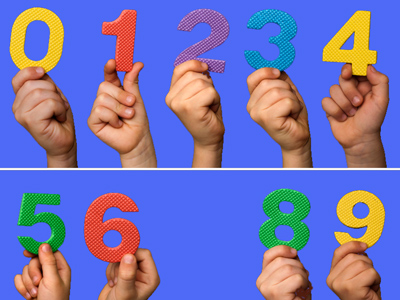
Ask the AI Tutor
Need help with Year 2 Numbers - Place Value Problem Solving? Ask our AI Tutor!
AI Tutor - Lucy
Connecting with Tutor...
Please wait while we establish connection

Being able to recognise the missing number in a sequence is vitally important in maths.
Year 2 Numbers - Place Value Problem Solving
Use place value to solve problems. Read tens and ones, choose a plan, and check your answer. Draw or use blocks to think it through.
Question 1
85
82
38
88
82 is one less than 83, and ten less than 92
Question 2
Which number is 10 more than 43?
44
54
63
53
‘10 more’ means adding 10 to the number
Question 3
I have £1 and spend 50p. How much do I have left?
80p
20p
60p
50p
£1 is 100p. 50p less than this is 50p
Question 4
Which number is 20 less than 80?
60
67
63
70
’20 less’ means counting back 20 from 80, or subtracting 20
Question 5
Which number is missing from this number sentence?
12 + ? = 20
12 + ? = 20
8
18
12
10
Knowing numbers bonds or pairs to 20 helps here
Question 6
Which number is missing from this number sentence?
20 - ? = 13
20 - ? = 13
17
23
7
13
13 + 7 = 20, so 20 – 7 must be 13!
Question 7
Which number is 4 more than 65?
66
69
79
80
‘4 more’ means adding 4 to 65
Question 8
Kate has 42p. Joe has 10p more. How much does Joe have?
62p
52p
32p
22p
10p more means adding one 10 in the tens column
Question 9
55
85
59
32
55 is one more than 54, and 10 more than 45
Question 10
6
15
23
27
15 is one less than 16 and ten more than 5
**Unlimited Quizzes Await You! 🚀**
Hey there, quiz champ! 🌟 You've already tackled today's free questions.
Ready for more?
Ready for more?
🔓 Unlock UNLIMITED Quizzes and challenge yourself every day. But that's
not all...
not all...
🔥 As a Subscriber you can join our thrilling "Daily Streak" against other
quizzers. Try to win a coveted spot on our Hall of Fame Page.
quizzers. Try to win a coveted spot on our Hall of Fame Page.
Don't miss out! Join us now and keep the fun rolling. 🎉
**Unlimited Quizzes Await You! 🚀**
Hey there, quiz champ! 🌟 You've already tackled today's free questions. Ready for more?
🔓 Unlock UNLIMITED Quizzes and challenge yourself every day. But that's not all...
🔥 As a Subscriber you can join our thrilling "Daily Streak" against other quizzers. Try to win a coveted spot on our Hall of Fame Page.
Don't miss out! Join us now and keep the fun rolling. 🎉






